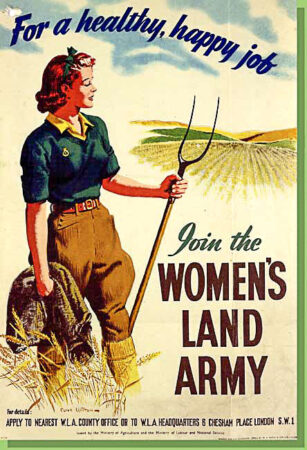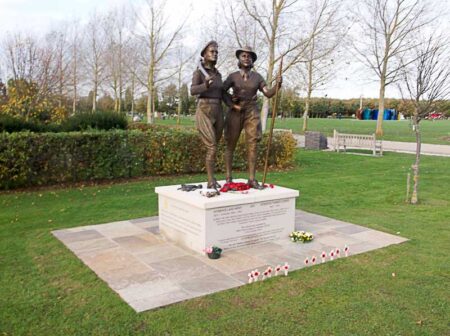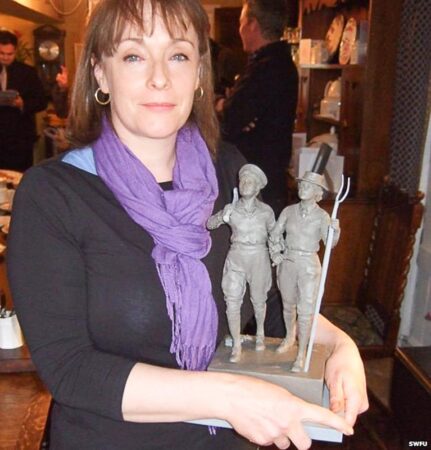The British Board of Agriculture created the Women’s Land Army (“WLA”) in 1917 for the purpose of bringing civilian women into agriculture to replace the men who went off to fight in World War I. The women were placed on farms where they picked crops, tended the animals and basically, helped feed the country. Disbanded in 1919, the WLA was resurrected in 1939 to serve the same purpose but this time, the men were leaving to fight in World War II. These women volunteers were commonly known as Land Girls, or “Land Lassies.”



Our topic today is not about the Land Lassies but their counterparts who happened to work on canal boats in England to ensure vital war supplies such as coal, timber and agricultural products (and even munitions) reached their destinations. These women were nicknamed “Idle Women” after the Inland Waterways badge worn on their clothing. As you will see, they were hardly idle. Read More Idle Women
